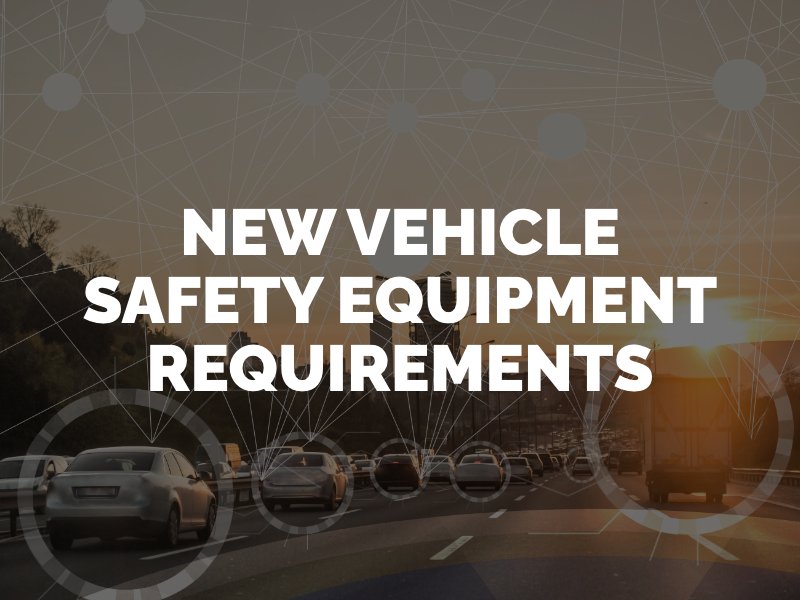New Automatic Emergency Braking Requirement for Vehicles Built After 2029
The National Highway Traffic Safety Administration (NHTSA) has finalized a rule that requires all newly manufactured vehicles to have automatic emergency braking (AEB) capabilities as of September 1, 2029. The NHTSA states that this rule will have the power to prevent at least 24,000 injuries and 360 deaths annually by helping to eliminate human error involved in braking.

What Are the Details of the New AEB Rule?
At the end of April 2024, the NHTSA Deputy Administrator signed off on the Final Rule adopting a new Federal Motor Vehicle Safety Standard that will require AEB systems – including pedestrian AEB – on all new passenger cars and light trucks manufactured after August 31, 2029. The NHTSA states that “automatic emergency braking is proven to save lives and reduce serious injuries from frontal crashes.”
The new NHTSA standard was developed as an attempt to reduce the high number of traffic accident deaths that occur in the U.S. each year. In 2021, almost 2.5 million people were injured and 42,939 people were killed in reported traffic accidents. The purpose of the new rule is to help prevent collisions that occur due to a driver failing to apply the brakes in the correct manner. It is the first rule involving vehicle automation in U.S. government history.
Under the new standard, vehicles must contain AEB systems that enable them to avoid colliding with vehicles to the front at speeds of up to 62 mph. These systems must also be able to detect pedestrians and apply the brakes in both daytime and nighttime conditions. Finally, the system must apply the brakes automatically at speeds of up to 90 mph when a collision with another car is imminent and speeds of up to 45 mph when a collision with a pedestrian is imminent.
How Does Automatic Emergency Braking Technology Work?
An automatic emergency braking system uses sensor technologies – typically, a combination of cameras, radar and lidar sensors – to detect when a motor vehicle is in a situation where a collision is imminent. AEB applies the brakes of a vehicle automatically when these circumstances are detected and a driver has not reacted appropriately. AEB can initiate braking or apply more braking power to supplement a driver’s application.
An AEB system processes data such as distance and closing speeds to detect an imminent collision with another vehicle or pedestrian. It applies complex algorithms to assess collision risk based on detected obstacles and the speed and trajectory of the vehicle. If a hazard is identified, the system will notify the driver with visual, audible or haptic warnings. If the driver does not heed the warnings and respond appropriately, the system will intervene and apply the brakes.
The NHTSA Will Carry Out Random Testing to Check for Compliance
Currently, an estimated 90 percent of new vehicles already employ the automatic braking standard, as it is implemented voluntarily by many auto manufacturers. Under the new rule, the other 10 percent of automakers will have to follow suit. Manufacturers have the next five years to implement the necessary changes. Small-volume manufacturers and certain other exceptions to the rule have until September 1, 2030.
Once the rule goes into effect, the NHTSA will conduct random tests on newly manufactured vehicles to ensure their automatic braking systems meet the new requirements. On tests conducted so far, the NHTSA reported that out of 17 new vehicles off the line, only the 2023 Toyota Corolla met the new AEB standards. The NHTSA believes that compliance with the new rule will significantly decrease the number of preventable collisions connected to driver errors each year.
If you were hit by a driver who failed to brake in a timely manner, contact our Los Angeles car accident attorney to recover compensation.
